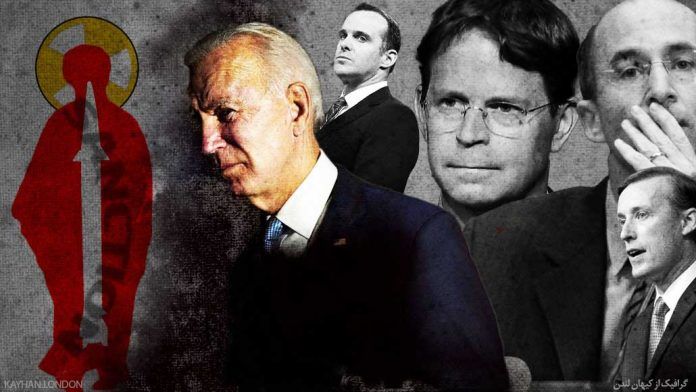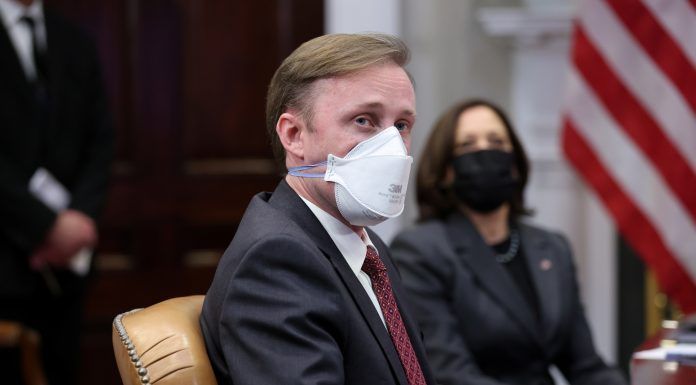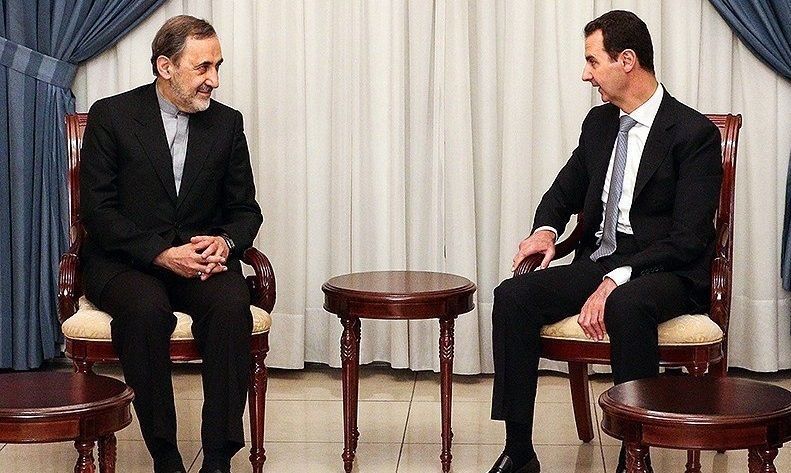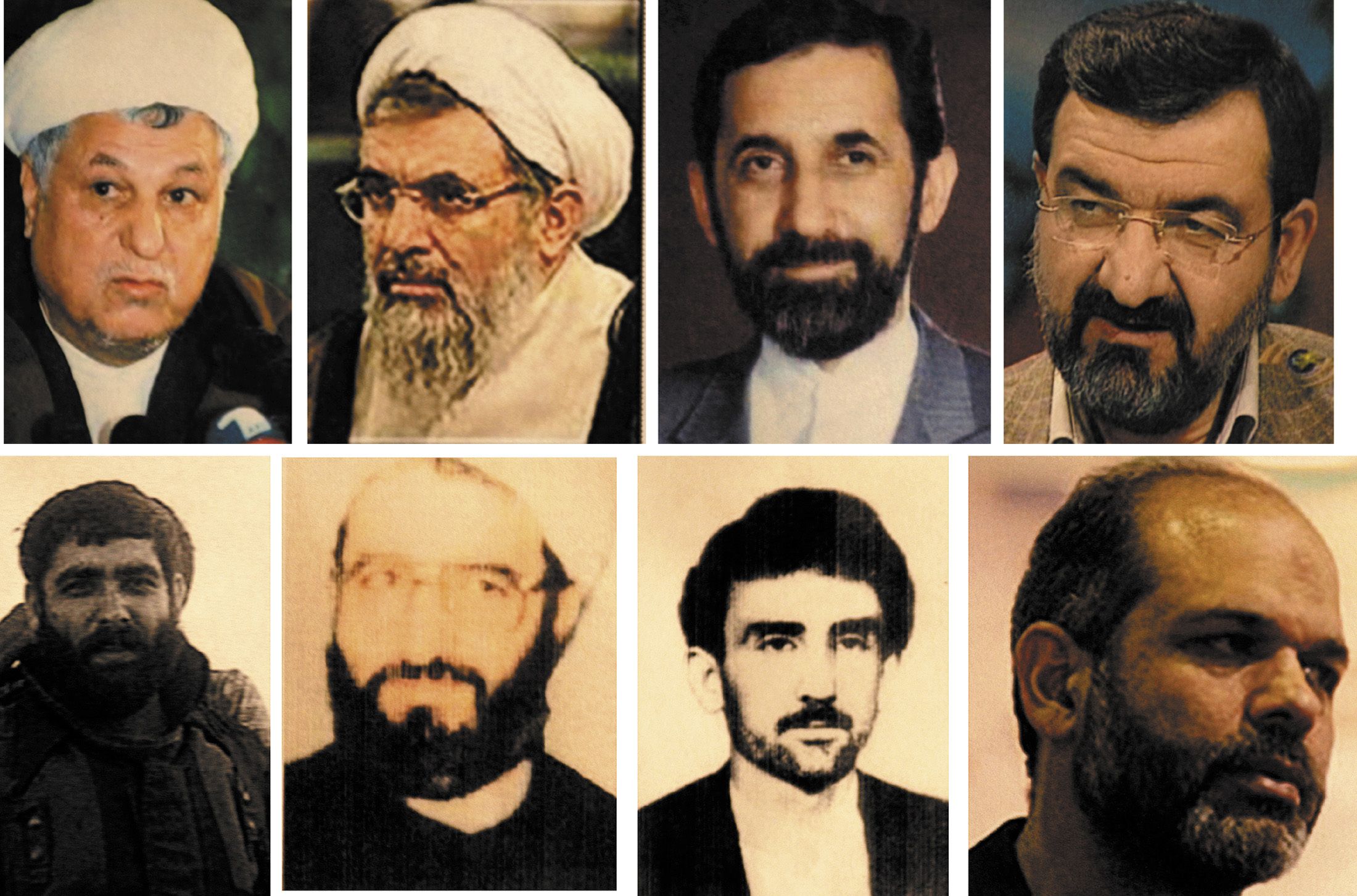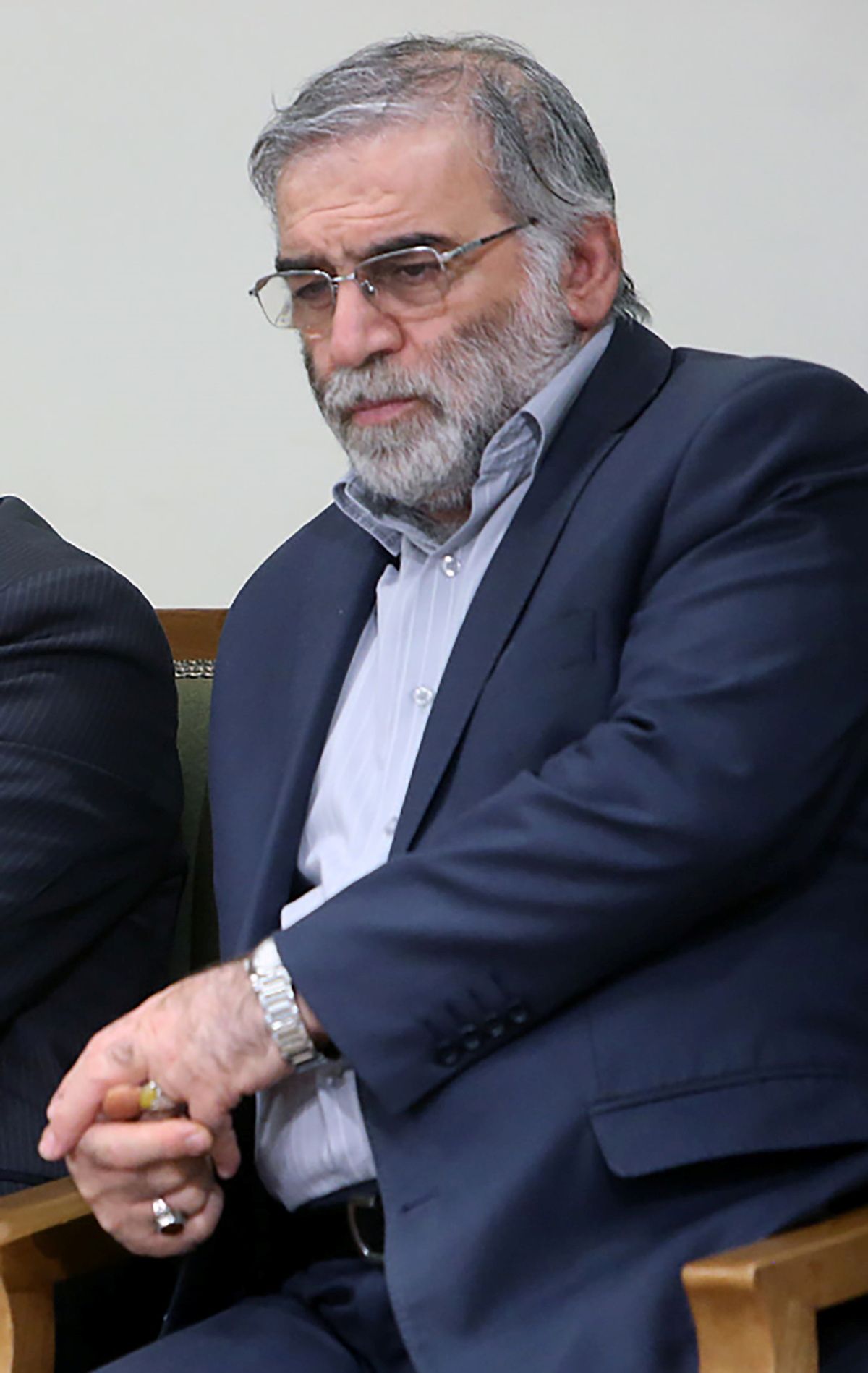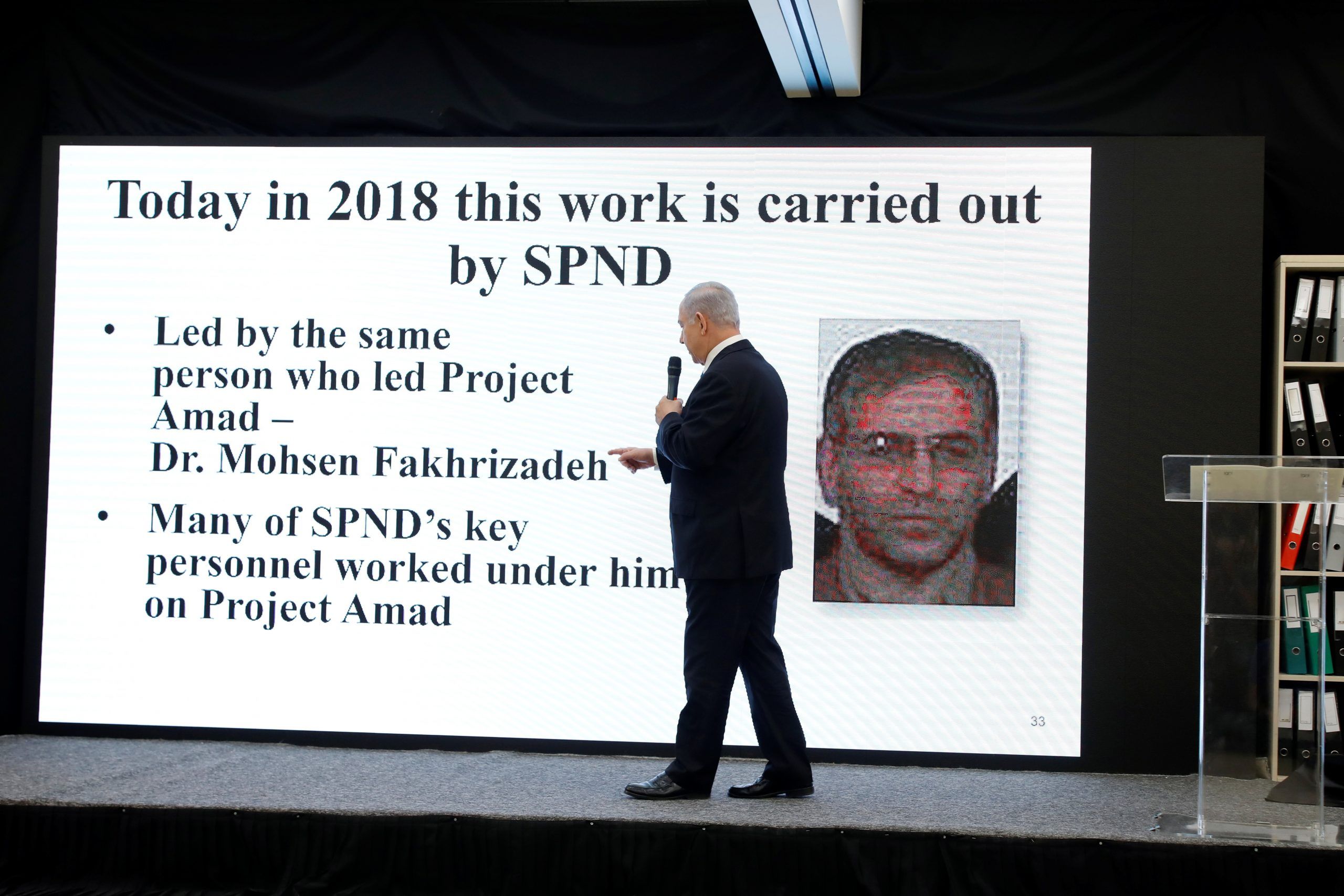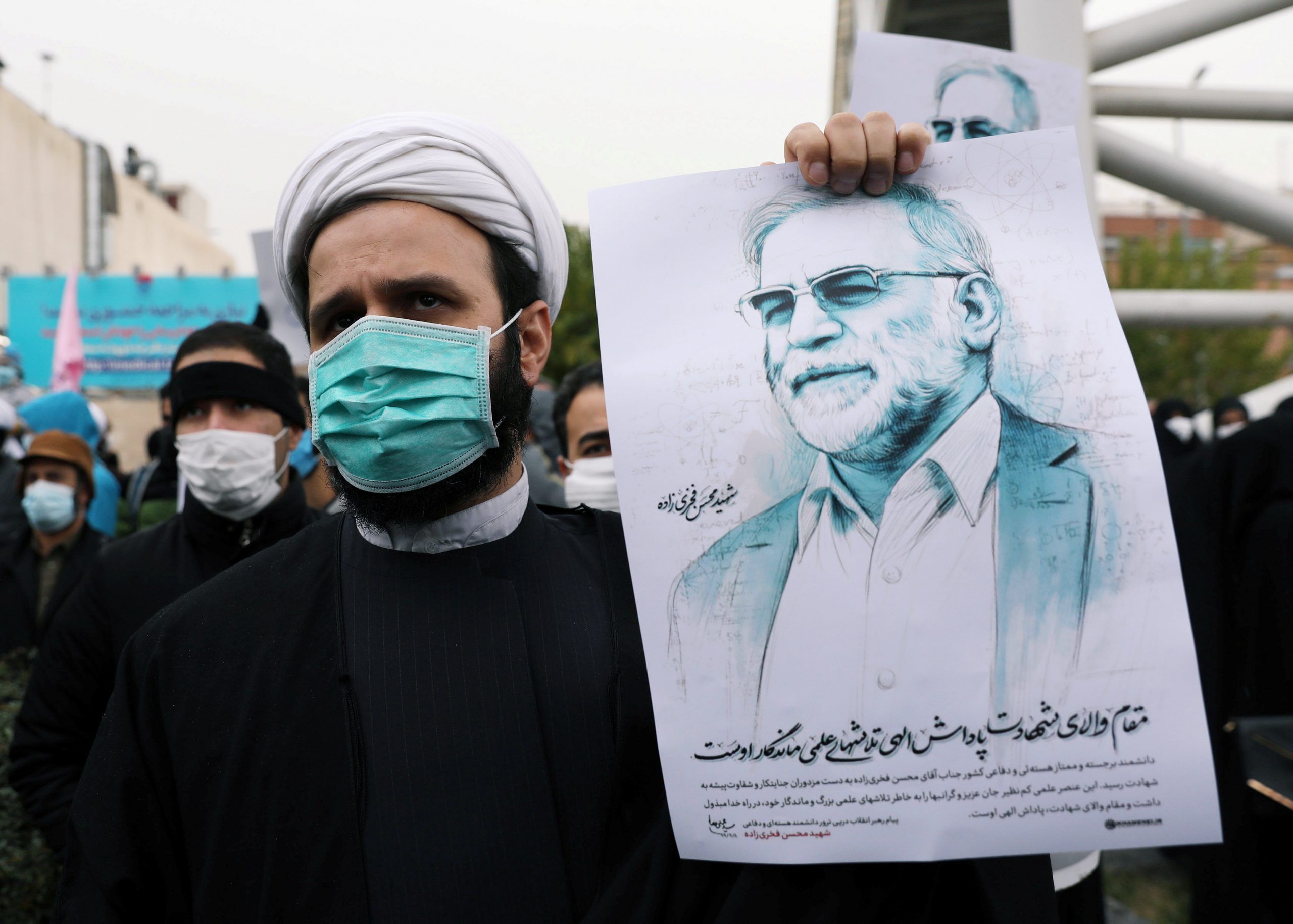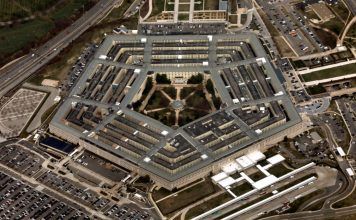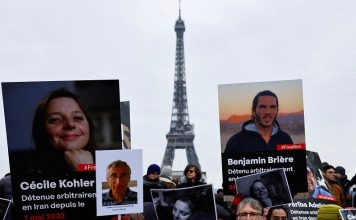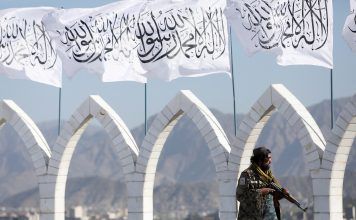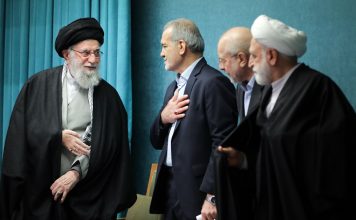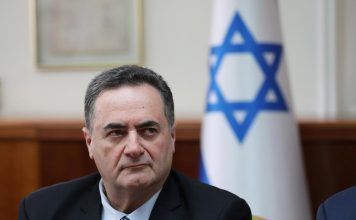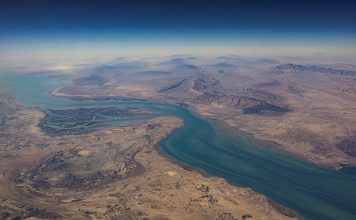By Kayhan Life Staff
Earlier this month, President Joe Biden’s national security advisor Jake Sullivan said the U.S. and Iran had opened indirect diplomatic channels to rescue the 2015 Joint Comprehensive Plan of Action (JCPOA), better known as the Iran nuclear deal.
Mr. Sullivan made the remarks during a press briefing at the White House on March 4.
“Diplomacy with Iran is ongoing, just not directly at the moment,” Reuters quoted Sullivan as saying. “There are communications through the Europeans and through others that enable us to explain to the Iranians what our position is on the compliance and to hear what their position is.”
“We are waiting at this point to hear further from the Iranians how they would like to proceed,” Sullivan added. “This will not be easy, but we believe we are in a diplomatic process now that we can move forward on and ultimately secure our aim, which is to prevent Iran from getting a nuclear weapon and do so through diplomacy.”
Besides several European governments, Qatar and Kuwait have offered to mediate between Tehran and Washington.
Before opening any substantive negotiations, the U.S. and its European allies expect Iran to stop several of its key nuclear activities, including enriching uranium to 20 percent purity, increasing its uranium stockpile, making a new generation of advanced centrifuges operational, and producing nuclear fissile material needed to make nuclear weapons.
They also demand that Iran halt its ballistic missile program and financial and military support for militia groups in the region. It would seem that Iran’s human rights record will also be part of any future negotiations, including the arbitrary imprisonments of Iranians who hold dual citizenships and the regime’s brutal treatment of protesters in recent years.
Iran wants all sanctions on its banking system and oil industry to be lifted. It also wants a guarantee that the West will not undermine the Islamic Republic regime and turn a blind eye to the Islamic Revolutionary Guards Corps (IRGC) regional activities and its support for paramilitary groups in the Middle East and North Africa.
President Biden and his administration have repeatedly stated their commitment to rejoin the JCPOA.
Although Iran’s Supreme Leader Ayatollah Ali Khamenei has consistently opposed any talks with the U.S., particularly after Lieutenant General Ghasem Soleimani and Mohsen Fakhrizadeh were assassinated, he has given the green light to the government to pursue any diplomatic channel which would cause the lifting of economic sanctions.
Speaking to a gathering of senior government and military officials on Dec. 16, Mr. Khamenei said: “The country should not waste even an hour if there is even a slight chance of lifting sanctions.”
Lieutenant General Ghasem Soleimani, the former commander of the IRGC’s Qods Force (IRGC-QF), was killed in a U.S. drone attack on Baghdad International Airport on Jan. 3, 2020.
On Nov. 27, unknown attackers killed Mohsen Fakhrizadeh, dubbed the “father of Iran’s nuclear program,” reportedly using a “remote control weapon” to fire on his car in Mostafa Khomeini Boulevard in Absard, 80 kilometers east of Tehran.
Many believe that Israel was behind the assassination.
Mr. Fakhrizadeh was an academic physicist and a faculty member at the Imam Hossein University in Tehran and the Organization of Defense Innovation and Research founder. He was also an IRGC member with the rank of Brigadier General.
Iranian officials are well aware of their problems, weaknesses, and limitations and know that they must open talks with the West. They also fear the consequences of locking horns with the Western countries. Former Iranian President, the late Akbar Hashemi Rafsanjani, and Dr. Ali Akbar Velayati, a senior advisor in international relations to Ayatollah Khamenei, admitted that failure to ratify the JCPOA in 2015 could have led to war.
Mr. Khamenei famously described the compromise he made to achieve the Iran nuclear deal as “heroic flexibility.” Secret talks between Iran and the West played a significant role in laying the groundwork for the negotiations that resulted in the JCPOA.
There was not as much infighting among various factions in Iran in 2015 as there is today.
Former U.S. President Barack Obama and European governments were trying to stop Iran from getting nuclear weapons by offering it financial rewards and a chance to be a part of the International community again. Obama’s administration believed that supporting the reformist elements inside Iran could help to reform the regime.
That line of thought stemmed from failure to understand the ideology and political beliefs that sustained Iran’s governing system. Lobbyists and others whose interests aligned with those of the Islamic Republic peddled the false narrative that the Iranian regime could be reformed. Former U.S. presidents Bill Clinton and Obama’s hopes of seeing any fundamental changes in Iran were dashed. Joe Biden will also fail.
The West hoped that releasing Iranian assets, which had been frozen in the U.S. and European banks for years, would help the regime reboot the economy and invest in its people. Tehran instead used that money to develop its ballistic missile program and fund its proxy wars by giving military and financial support to paramilitary groups in Iraq, Syria, Lebanon, and Yemen.
President Joe Biden’s predecessor Donald Trump and his administration tried to force Iran back to the negotiating table through the “maximum pressure” campaign. Many Iranian officials believed that the U.S. increased its pressure on Tehran after the nationwide protests, which started in December 2018 in Mashhad, capital of northeastern Khorasan Province, and soon spread to other parts of the country. The unrest prompted Iranian authorities to restrict access to the internet and social media, including WhatsApp, Twitter, Instagram, and Telegram.
Speaking to a gathering of provincial governors held at the Interior Ministry in Tehran in January 2020, President Hassan Rouhani said: “The events of January 2018, which marked some of the most bitter days in the country’s history, emboldened Trump.”
There have been two other mass protests in Iran since then. It is safe to assume that the country would have experienced more protests were it not for the COVID-19 pandemic.
Meanwhile, Khamenei and the IRGC maintain that Iran’s ballistic missile program and regional activities are not open for discussion. However, not all senior officials and political figures in Iran agree with that policy.
In February, the Beirut-based Arabic-language Al-Akhbar newspaper asked Hesamodin Ashna, an advisor to President Rouhani, “if there were any chance that [Iran] missile program and regional activities would be open for discussion,” to which he answered: “Certainly. As long as all military activities, and not only Iran’s, are included in the discussions.”
Conservative politicians and hardline newspapers and media criticized Mr. Ashna, who is also the head of The Center for Strategic Studies.
The spokesperson for the Iranian Foreign Ministry, Saeed Khatibzadeh, said that Ashna was expressing his personal views.
In its March 13 issue, the conservative Vatan-e-Emrooz newspaper said: “The anti-revolution movement outside Iran is trying to persuade the Iranian public that the situation is hopeless and nothing will ever change. Many Farsi-language media are promoting this view outside the country, hoping to incite unrest in Iran.”
“There are also some pro-Western factions in Iran that are exploiting the prevailing despair in the country to further their goals and force the Islamic Republic to back down from its position, forfeit its rights and surrender to the West completely,” the paper added.
In comments reported by the semi-official Fars news agency on March 2, 2019, the late General Ghasem Soleimani said: “BY promoting the JCPOA-2, they are trying to halt Islamic movements. However, they will fail.”
“Enemies hope to dry the source, and Iran is the source,” General Soleimani added.
This article was translated and adapted from Persian by Fardine Hamidi.

